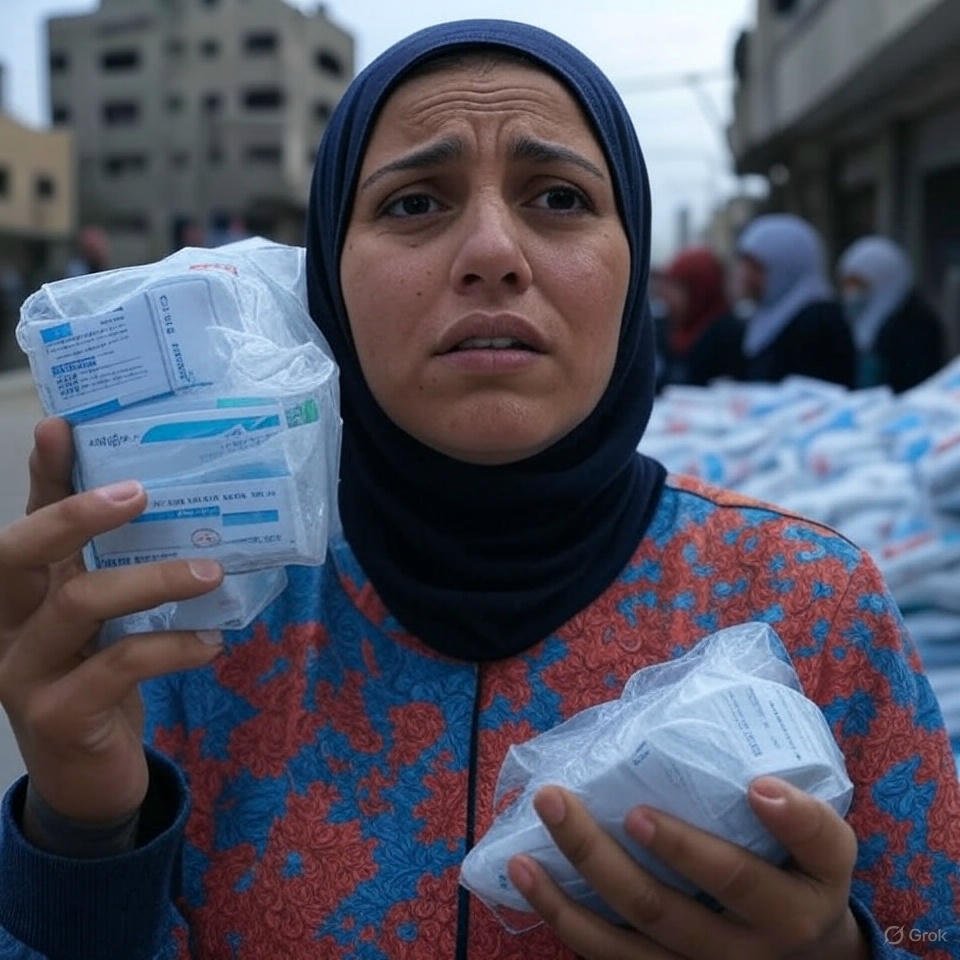The humanitarian crisis in Gaza has reached catastrophic levels, with millions of civilians trapped in a dire struggle for survival. Ongoing conflict, severe shortages of food and clean water, collapsing healthcare systems, and widespread displacement have created one of the worst humanitarian emergencies in modern history. Emergency relief efforts are not just necessary—they are a lifeline for families facing starvation, disease, and violence. This article examines the urgent needs in Gaza, the challenges of delivering aid, and how the world is responding to this unfolding tragedy.
The Humanitarian Catastrophe in Gaza
Gaza’s 2.3 million residents are enduring unimaginable suffering. The United Nations warns that famine is imminent, with nearly the entire population facing acute food insecurity. Hospitals, already weakened by years of blockade, are overwhelmed with casualties and operating without essential medicines, electricity, or functioning equipment. Infectious diseases are spreading rapidly due to overcrowded shelters and a lack of clean water.
Children are among the most vulnerable, with many suffering from severe malnutrition and trauma. Families who have lost their homes are living in makeshift tents, exposed to extreme weather and ongoing violence. Without immediate and sustained emergency relief, the death toll from hunger, disease, and conflict will continue to rise.
Critical Needs in Gaza Right Now
The situation demands urgent intervention across multiple fronts. The most pressing needs include:
Food and Clean Water
Starvation is now a reality for many in Gaza. Food distribution systems have collapsed, and clean water is nearly nonexistent. Without immediate aid, malnutrition—especially among children—will lead to long-term health consequences or death. Emergency food parcels, high-nutrient supplements, and water purification systems are desperately needed.
Medical Supplies and Healthcare Support
Gaza’s hospitals are in ruins, with many bombed or forced to shut down due to lack of supplies. Doctors are performing surgeries without anesthesia, reusing gloves, and watching patients die from preventable infections. Emergency medical teams, trauma kits, blood donations, and fuel for hospital generators must be prioritized to prevent total collapse.
Shelter and Protection for Displaced Families
Over 1.7 million people have been displaced, many multiple times, with nowhere safe to go. Makeshift camps lack proper sanitation, exposing families to disease. Winter conditions have worsened the crisis, leaving children and the elderly vulnerable to hypothermia. Emergency tents, thermal blankets, and hygiene kits are essential for survival.
Mental Health and Trauma Care
The psychological toll of constant bombardment, loss of loved ones, and extreme deprivation is devastating. Children show signs of severe trauma, with many unable to speak or process what they’ve experienced. Mental health support must be part of emergency relief to help survivors cope with unimaginable grief.
Challenges in Delivering Emergency Relief
Despite global efforts, getting aid into Gaza remains an enormous challenge:
Blockades and Restrictions on Aid Entry
Even approved humanitarian shipments face long delays at checkpoints, with some supplies rotting or expiring before reaching those in need. Essential items, including certain medical equipment, are often blocked entirely, leaving hospitals without critical resources.
Dangerous Conditions for Aid Workers
Humanitarian workers risk their lives daily to deliver food and medicine. Many have been killed or injured in airstrikes, and convoys are frequently turned back or attacked. Without safe access, aid cannot reach the most desperate areas.
Collapsed Infrastructure and Communication Blackouts
Roads, bridges, and communication networks have been destroyed, making coordination nearly impossible. Aid groups struggle to assess needs or distribute supplies efficiently when phone and internet services are cut for days or weeks.
Funding Shortfalls and Donor Fatigue
While initial global donations were strong, sustaining long-term relief efforts is difficult as attention shifts to other crises. Without consistent funding, food programs, medical teams, and shelters will run out of resources.
How the World is Responding to Gaza’s Emergency
Despite the obstacles, humanitarian organizations are working tirelessly to deliver aid:
United Nations and International Agencies
The UN Refugee Agency (UNRWA) and World Food Programme (WFP) provide food, shelter, and medical care, but their operations are severely underfunded. The World Health Organization (WHO) delivers emergency medical supplies but warns that much more is needed.
NGOs and Grassroots Efforts
Groups like Doctors Without Borders (MSF), the Red Cross, and local Palestinian organizations operate under extreme conditions to distribute aid directly to those in need. Volunteer networks organize food kitchens and emergency shelters despite limited resources.
Air Drops and Maritime Aid Corridors
Some countries have resorted to airdropping food parcels, though this is a last-resort measure that cannot replace ground deliveries. Proposed sea routes for aid could help, but delays and logistical hurdles persist.
Global Advocacy and Ceasefire Demands
Human rights organizations and global protests continue pushing for an end to hostilities, safe aid access, and the release of hostages. Public pressure is critical to ensuring Gaza is not forgotten.
What More Can Be Done?
The crisis demands immediate action on multiple fronts:
Unrestricted Aid Access
Governments must pressure for open borders to allow food, fuel, and medical supplies to enter without obstruction. Every hour of delay costs lives.
Long-Term Recovery Planning
Even after immediate needs are met, Gaza will require years of rebuilding. Hospitals, schools, water systems, and homes must be reconstructed to prevent permanent collapse.
Accountability for Violations of International Law
Attacks on civilians, aid workers, and hospitals must be investigated to prevent further atrocities.
Global Solidarity and Sustained Support
Donations, advocacy, and awareness keep Gaza in the global spotlight. Individuals can help by supporting trusted aid groups, contacting elected officials, and sharing verified information.
Conclusion
Time is running out for Gaza’s civilians. Without an immediate ceasefire and massive scaling-up of emergency relief, thousands more will die from hunger, disease, and violence. The world has the resources to prevent this catastrophe—what’s needed now is political will and collective action. Emergency relief is not just about survival today, but about preserving hope for tomorrow. The people of Gaza deserve more than just headlines; they deserve a future. The international community must act before it’s too late.




One thought on “Gaza Emergency Relief: A Race Against Time to Save Lives”
Comments are closed.